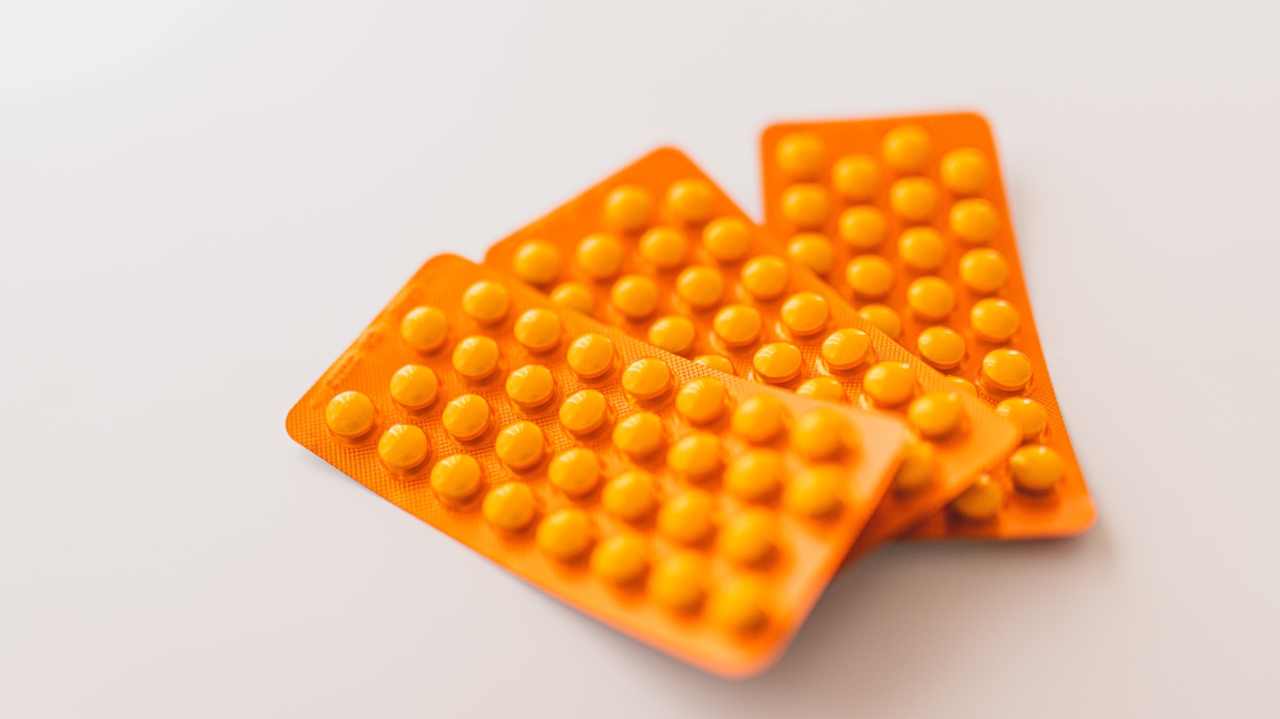Headaches are a common complaint for many people. They can be a painful and debilitating problem that affects your daily life.
Sometimes headaches can be relieved with over-the-counter medication and lifestyle alterations, but other times they require medical intervention. Here are five common types of headaches and how to treat them.
Tension Headaches
Tension headaches are the most common type of headache. They usually occur in the forehead, temples or back of the neck. They can feel like a tight band around the head or pressure in the forehead area.
Stress, lack of sleep, poor posture and anxiety are some of the common causes of tension headaches.
To treat tension headaches, you can use over-the-counter pain medication such as aspirin, ibuprofen, or acetaminophen. Practice relaxation techniques such as deep breathing, yoga, meditation, or massage.
Avoid tension-producing activities, and try to find ways to relax and de-stress. Good posture and regular exercise can also prevent tension headaches.
Migraines
Migraines are intense headaches that can cause severe pain and are usually on one side of the head. They can be accompanied by nausea, vomiting, and sensitivity to light.
Some common triggers for migraines include hormonal changes, stress, certain foods, and dehydration. Migraines can be relieved by acute or preventive medications.
Acute medications include triptans, ergots, and over-the-counter pain relievers that can help with migraines that have already started.
Preventive medications include beta-blockers, antidepressants, and anti-seizure drugs, which aim to reduce the frequency and severity of migraines.
Other precautions include avoiding triggers, staying hydrated, regular exercise, and adequate sleep.
Cluster Headaches
Cluster headaches are a neurological condition characterized by intense pain on one side of the head. They can occur in “clusters,” lasting several weeks or even months, and then go into remission.
The exact cause of cluster headaches is not known, but they are often associated with disrupted sleep patterns, alcohol use, or tobacco use.
Treatment options for cluster headaches include medications such as high-flow oxygen therapy, triptans, and corticosteroids. In some cases, surgical interventions such as nerve stimulation or deep brain stimulation can be helpful.
Sinus Headaches
Sinus headaches are associated with inflammation and pressure in the sinus cavities that surround the nose and eyes. They can be caused by sinus infections, allergies, or irritants such as smoke and strong odors.
Symptoms may include pain in the cheeks, forehead, and the bridge of the nose, in addition to swelling and congestion.
Treating the underlying cause of a sinus headache is most effective. Over-the-counter pain medication can help relieve pain and discomfort. Avoiding irritants and allergens and using saline nasal sprays and decongestants can also provide relief.
Hormonal Headaches
Hormonal headaches are usually located on one side of the head and associated with hormonal changes, especially in women. They can be caused by fluctuations in estrogen levels during menstrual cycles or menopause.
Stress and other factors may also contribute.
Prophylactic medication may help reduce the frequency and intensity of hormonal headaches. Over-the-counter pain medication can be used to treat individual headache episodes. Acupuncture or cognitive-behavioral therapy may also be effective.
Conclusion
Headaches can be annoying, but they can also be a sign of underlying health problems. If you are experiencing frequent and severe headaches, seek professional medical attention immediately.
For the most common headaches, several treatment options are available. Over-the-counter pain medication, relaxation exercises, and lifestyle changes are often effective.
However, if you experience severe pain or long-lasting headaches, reach out to a professional for guidance.































